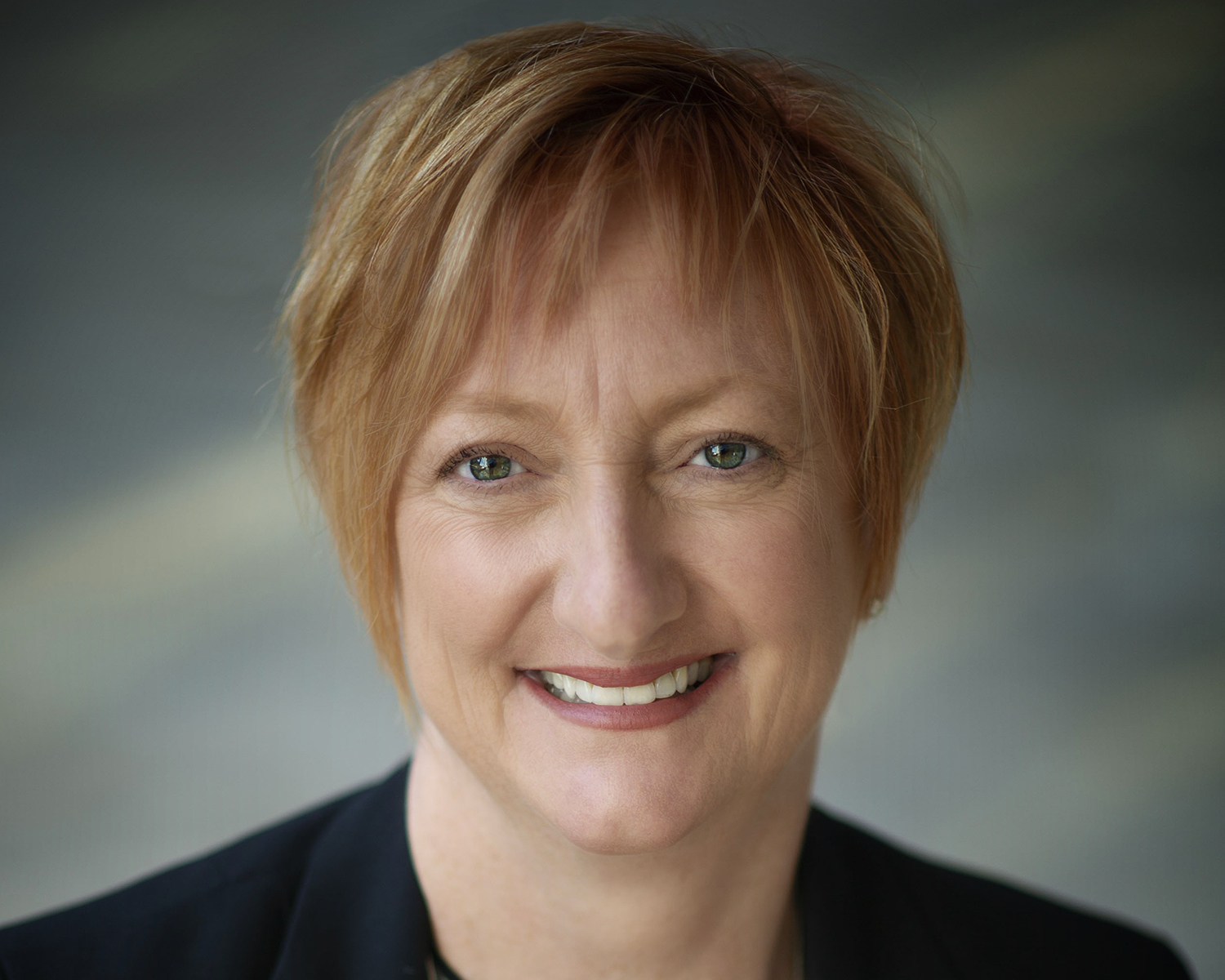 By: Cynthia Davis, President and CEO, Lakeridge Health
By: Cynthia Davis, President and CEO, Lakeridge Health
COVID-19 and the current waves of seasonal flu and respiratory syncytial virus (RSV) are raising serious questions about whether and how our health-care systems can provide essential resources during times of crisis and beyond.
Cynthia Davis, President and CEO of Lakeridge Health, believes that answers can be found in more and better health system integration – connecting all services, from primary care to hospitals to long-term care – so they work together as one.
“Integration is no longer an option. It is a necessity," says Cynthia, “Our focus is on quality. We're working hard to connect all healthcare providers around a common purpose, so patients can expect the same high standard of care wherever and whenever they use the system."
The drive to integrate, and the logic behind it, is captured in Lakeridge Health's vision: One System. Best Health.
COVID-19 and other viral illnesses have been putting this vision to the test.
Lakeridge Health, based in Durham Region, is one of Ontario's largest health-care systems, with five hospitals and a sixth in the proposal stages. It has opened a new long-term care (LTC) home, welcomed one of the Region's largest mental health providers into the system, and worked closely with the Durham Ontario Health Team (OHT) to build partnerships with primary and community care providers. It has invested in a clinical information system connecting all hospitals across the broader Central East Region, providing a unified digital health platform for all patients.
When the pandemic arrived in early 2020, Lakeridge Health became the centre for infection control expertise, supplying resources such as personal protective equipment to community-based providers and LTC homes, and the centre of advanced clinical care, treating close to 5,000 seriously ill COVID-19 patients.
During one of the most intense waves of COVID-19, in partnership with the Durham OHT, Lakeridge Health extended an urgent call to action to primary and community care partners. Within 24 hours, more than 250 recipients met virtually to offer help. Clinics across the region provided COVID-19 assessments and care options, easing the burden on emergency departments. Clinicians staffed a virtual urgent care clinic serving thousands of patients.
Regional coordination among hospitals, public health, primary care, community clinics, and emergency responders enabled one of Ontario's fastest vaccine rollouts. More than one million doses of COVID-19 vaccines were administered by November 30, 2021.
A COVID-19 Therapeutic Clinic, working with primary care and assessment centres, prescribed close to 20 per cent of Ontario's initial supply of the novel therapeutic Paxlovid.
Overall, the system responded quickly and effectively to the pandemic. “When we rallied around a common purpose and understood our common goals," explains Cynthia, “it was easy for us to be successful."
But challenges remain.
Nurses and other frontline workers have been carrying the greatest burden of crisis response. Some are leaving for less stressful positions or leaving health care entirely. Those remaining face even more pressure, working extra shifts and caring for more patients. Other professionals and non-clinical staff have been stepping in where they can, so everyone in health care is feeling the added stress.
Staff shortages have caused temporary emergency department and acute care closures across Canada. Lakeridge Health is no exception, making the difficult decision to close an intensive care unit at one of its hospitals in the summer of 2022.
Health system integration is being tested again as severe respiratory illnesses place even more strain on resources. But there are early signs that it's still the right approach.
“Health-care professionals leave public systems because they aren't getting what they need as employees," says Cynthia. “This includes better compensation, but also extends to the full range of employee supports."
A large system like Lakeridge Health can recruit centrally, offering diverse career opportunities across multiple hospitals and care centres. With a team of more than 8,000 staff and physicians, it has more capacity to support succession planning, education, mentoring, and health and wellness, along with innovations that enable efficiency, productivity, and teamwork. Integrated systems will be better positioned to put these supports in place.
All of this takes time and commitment. Cynthia sees building a fully integrated, sustainable health system as "a journey", noting that, "much more work needs to be done".
But the benefits are important and achievable. The current challenges will hopefully prompt lasting changes that strengthen partnerships and collaboration, and substantial investments in the supports needed for health-care professionals to confront new challenges while living healthy, balanced lives.
Now, almost three years since the start of the COVID-19 pandemic, Cynthia says that "our health-care workers are not looking for praise or accolades for their courage and hard work during the crisis. They want the system-wide changes that will enable them to do what they do best – deliver excellent patient care."